Play is the vessel through which the vast majority of fundamental learning experiences are delivered to children. Engaging in developmentally appropriate play is crucial for children’s cognitive, social, literacy, numeracy and emotional development.
As we’ve discussed previously, children build vital life skills through play, including communication, coordination, problem solving, creativity and autonomy. If you haven’t already, take a look at our blog on The Stages of Play Development for Preschool Age Children, which goes into greater depth about the benefits of play, and details the developmental stages of play children go through from birth to school age.
Today, we’re going to expand on this information, by exploring the five key types of play for children’s development; nature play, imaginative play, physical play, sensory play and constructive play. This blog is also full of lots of suggestions on how to incorporate these types of play into your child’s day in easy, developmentally appropriate ways.
Nature Play
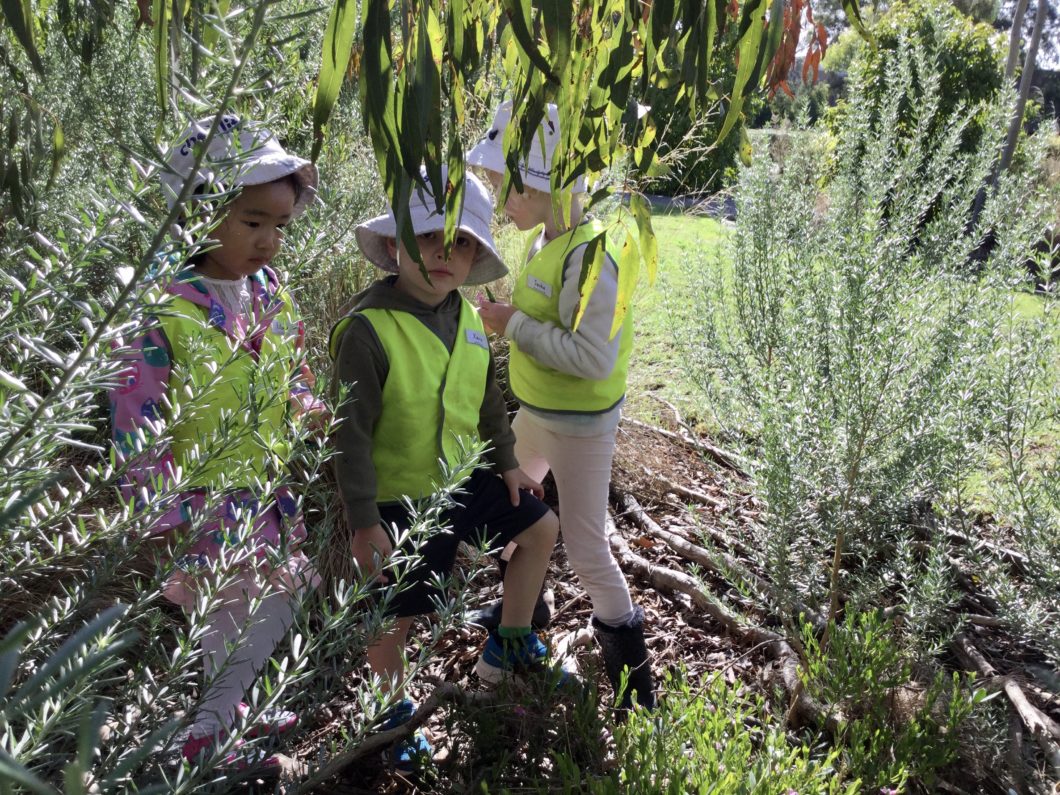
In a way, nature is children’s first and best playmate. From babies kicking their legs on the grass, to toddlers running after birds in the park to kindergarteners climbing trees, the outdoors is a fundamental part of childhood, particularly when we are blessed to live in a country as beautiful as ours. The key feature of nature play is that it provides children with the opportunity to engage with nature in outdoor settings where natural elements, like trees, rocks, streams and logs feature, rather than manufactured play equipment.
Unstructured play in nature is extremely valuable for children, not only because of the multitude of health benefits being outside provides (like reduced stress, increased happiness and improved memory), but also for the support it provides for cognitive, social and emotional development. Nature play is particularly valuable for building resilience, self-assurance and creativity, and laying the foundation for environmental stewardship.
Nature Play Ideas
- Take a walk to the park
- Make a nature journal by collecting fallen leaves, seeds and flowers and gluing them into a book
- Lie outside on a clear day and cloud watch
- Head to a piece of bushland or forest and follow a trail
- Explore the backyard
Imaginative Play or Pretend Play
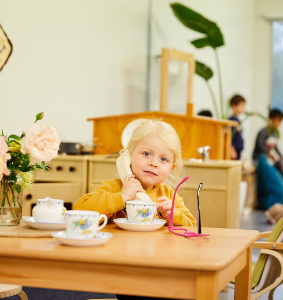
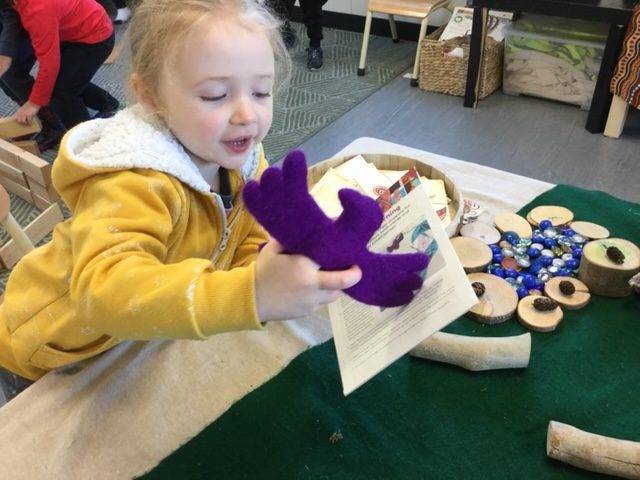
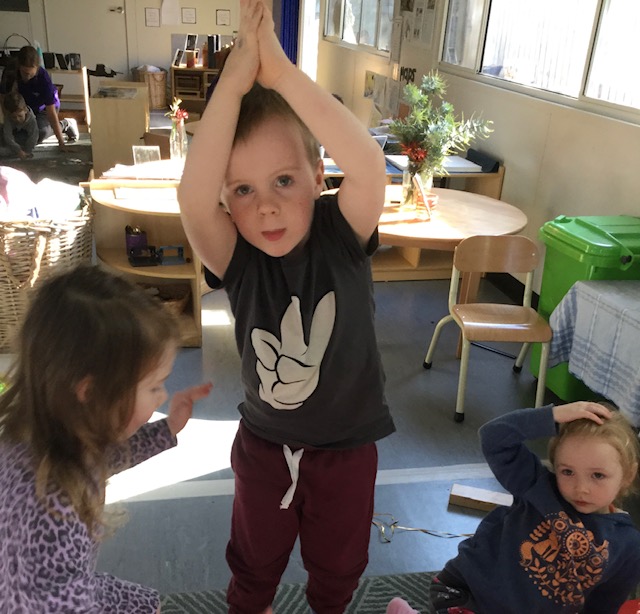
Imaginative or pretend play is popular among many children as children naturally gravitate towards re-enacting experiences they’ve had and things they’ve seen. It’s also beneficial for the development of children’s communication, creativity and emotional understanding and maturity.
There are a few sub-types of imaginative play:
Symbolic play
Symbolic play involves the use of gestures, objects or ideas to represent a different object or idea. For example, holding your hand up to your ear as a phone, or using a frisbee as a steering wheel.
Fantasy Play
Fantasy play is where children create their own make-believe world and exist in it. They get to let their imagination run wild, and imagine a world that is different from their own, such as one in which they are a fairy, a firefighter, a dragon, a prima ballerina or a ship’s captain.
Socio-Dramatic Play
Socio-dramatic play involves children acting things out together, like playing house or enacting a classroom scenario. Children will follow set roles for the duration of the game, and learn about social expectations and cooperation with their peers.
Imaginative Play Ideas
- Play teacher by using an easel as their whiteboard and sitting on the carpet to listen
- Set up a tea party with their toys
- Turn a cardboard box into a plane to take a trip to another country
- Play vet or doctor – kids really love pretending to be medical professionals
Physical Play or Movement Play
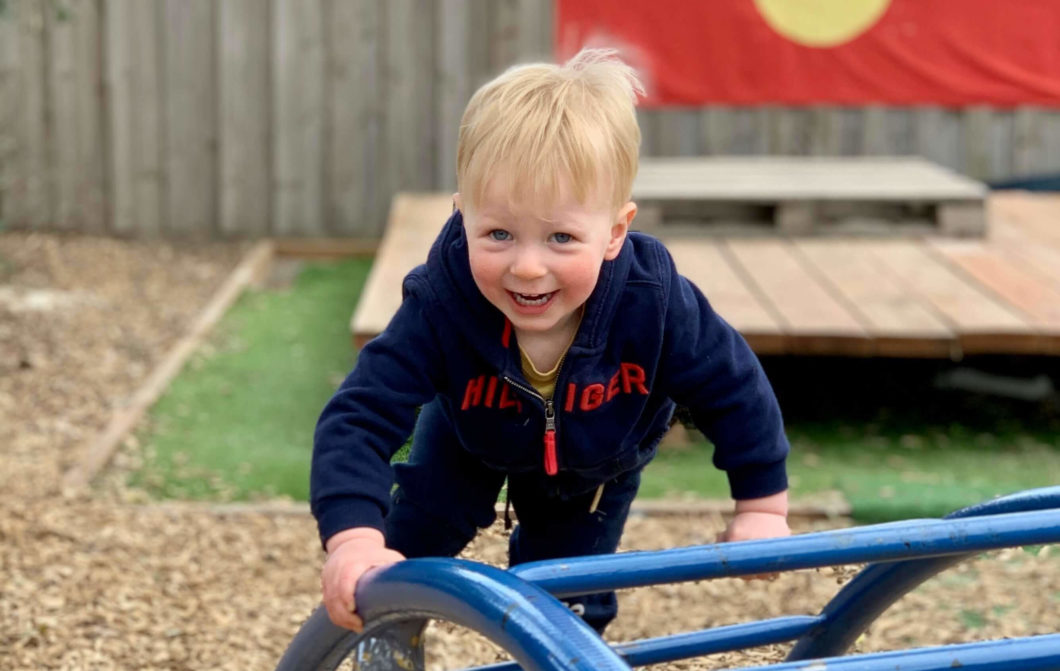
Physical play encompasses any type of play that involves your child getting up and moving around. It’s excellent for developing motor skills, strength, flexibility, vascular health, coordination and proprioception (the sense of where your body is in space).
Physical Play Ideas
- Make an obstacle course; you could include hoops to jump in, tunnels to crawl through and a rope to balance on
- Skipping, either by oneself or jumping in a long rope held by another is a fun skill for children to master
- Hopscotch
- Hula hooping
- Move like different animals (as a bonus, this one is imaginative too)
- Put on some music and have a dance party
Sensory Play
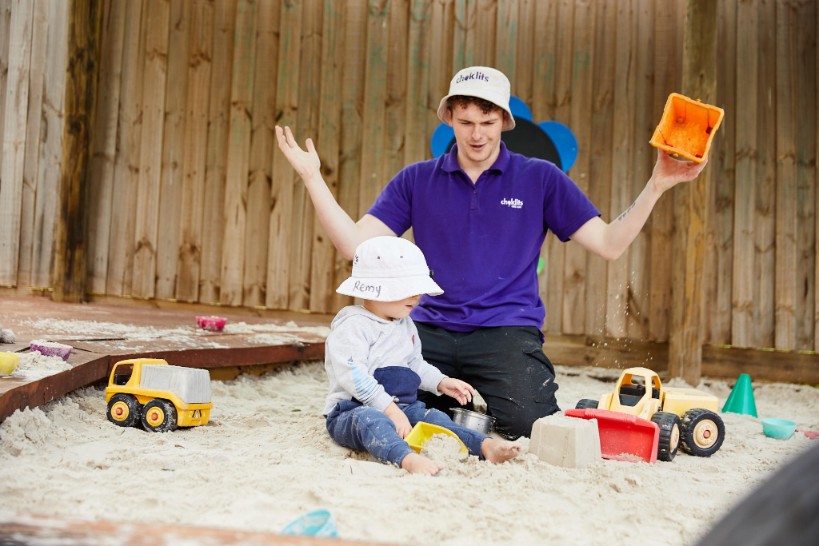
Sensory play is the term given to any activity that stimulates a child’s senses; touch, taste, sound, sight, smell, balance and proprioception. We have a blog all about the importance of sensory play in early childhood, so check it out for a deep dive into what sensory play is and why its important, along with some top notch suggestions of how to get started.
Our Choklits top tip for sensory play is to take it outside! When it comes to sensory play, getting messy is good, and all part of the experience, so by taking your sensory activity outside, you avoid the stress of having to clean up your house afterwards.
Sensory Play Ideas
- Go to the beach; the sand, rocks, shells and water are all fantastic sensory experiences and you’ll be giving your child a dose of nature play too
- Try out water beads, either in a bowl or in the bath
- Shaving foam paint is great fun, made by adding a drop of food dye into shaving foam. If you do this one in the bath or the shower, its super easy to rinse away once you’re finished
- Make a collage, with different colours and textures of materials, and experiment with using different mediums to decorate
Constructive Play
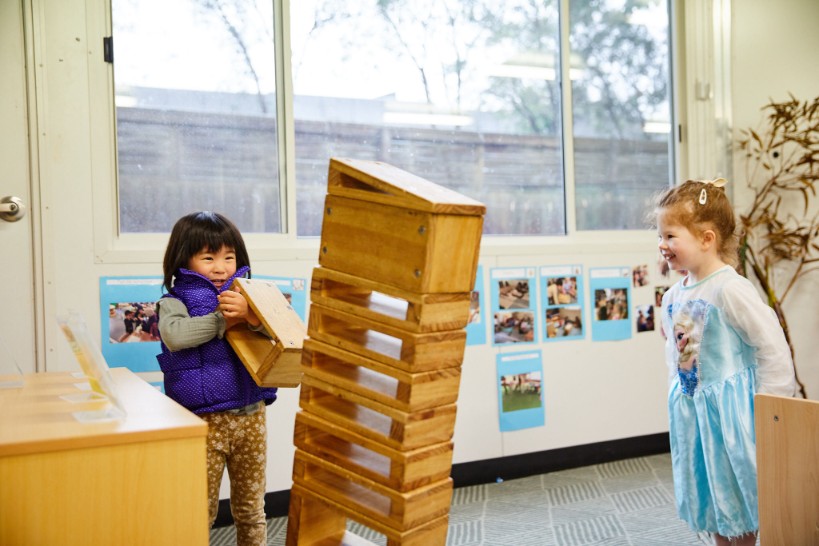
Constructive play involves children using objects around them to build and create new things. Constructive play develops children’s problem solving abilities, abstract thinking skills, understanding of cause and effect, perseverance, fine motor skills and concentration.
Constructive Play Ideas
- Build a tower with blocks or lego
- Make a fort out of pillows and blankets
- Build sandcastles
- Sculpt things out of playdough, kinetic sand or clay
- Make a marble run (or for littler kids, a track for a ball is a great alternative)
To recap, play is how children learn. Through play, they engage in new experiences, reinforce their understanding of prior learning, practice important social skills, aid their brain development, support their growing bodies and develop a strong sense of autonomy and self-confidence. We hope this blog on the key types of play for children’s development has prompted you to think about which kinds of play your child enjoys best, which feature prominently in their lives, and which don’t, and has given you some suggestions to incorporate a variety of play types into your child’s life.



